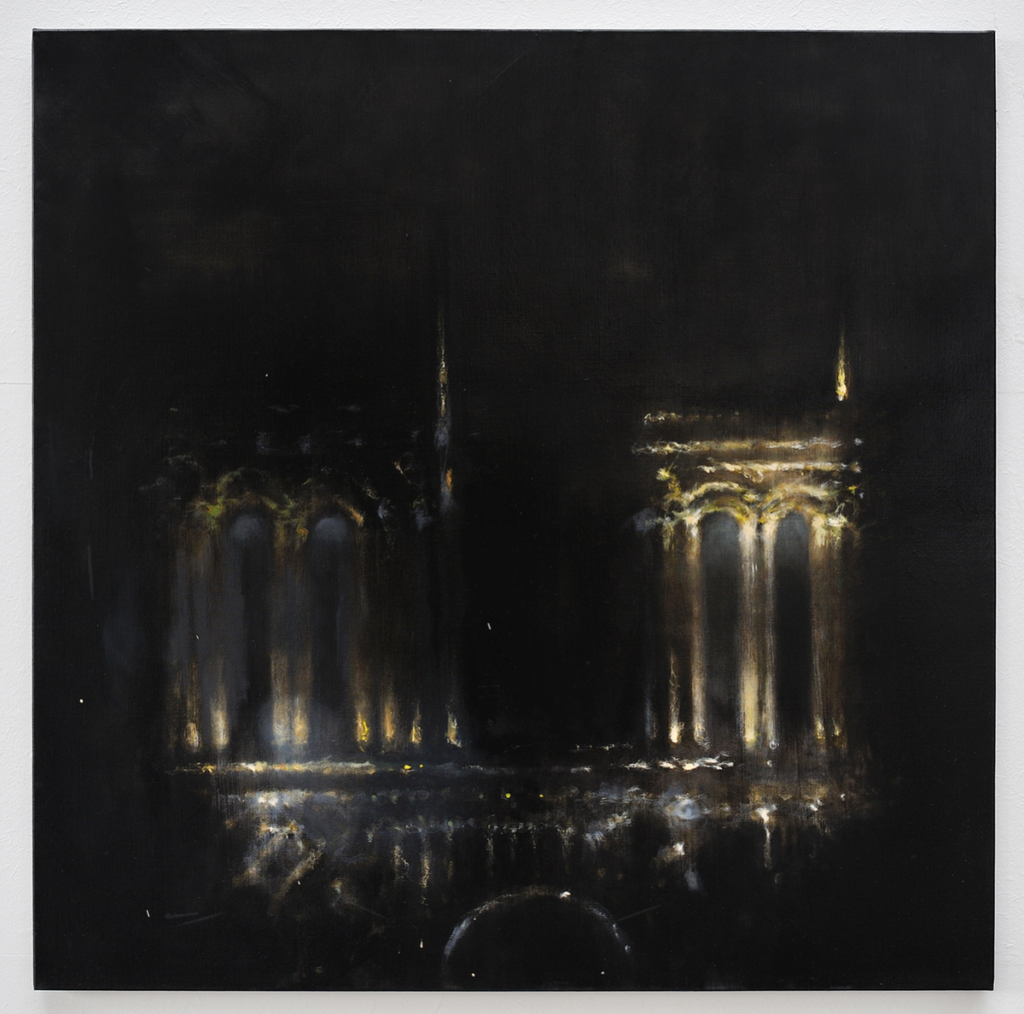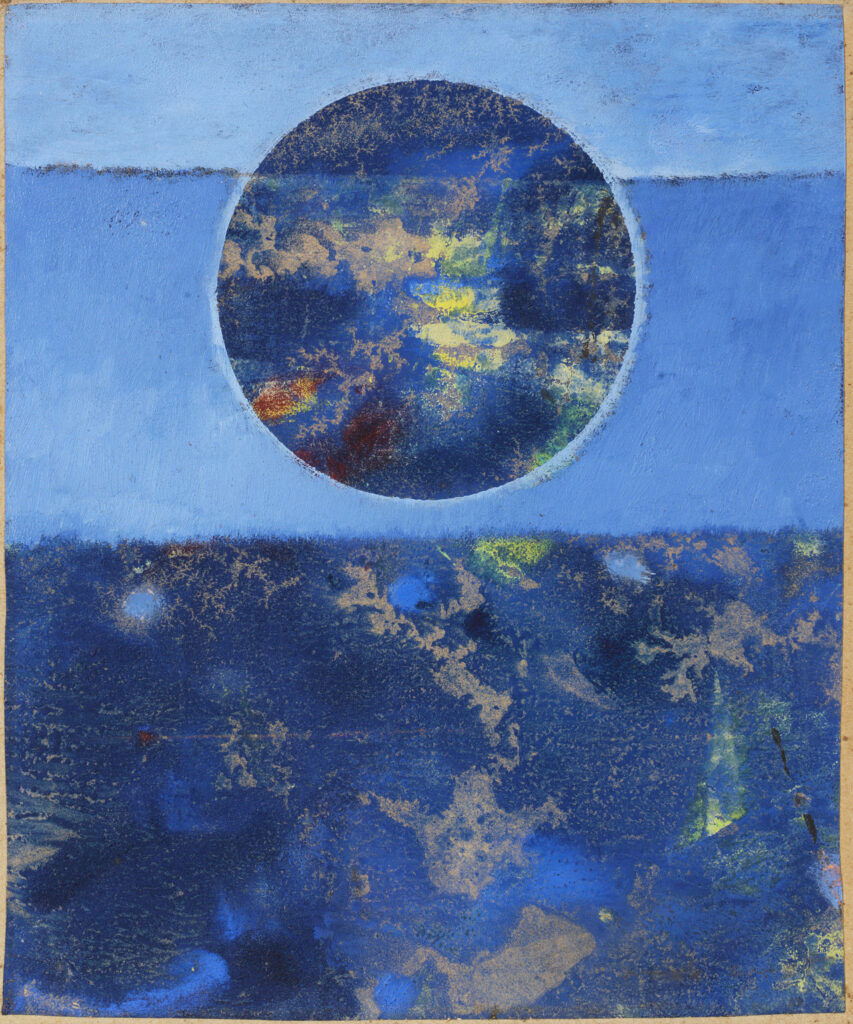
The sefirah Binah, the third emanation on the Kabbalistic Tree of Life, is a focus for numerous magical traditions. As the ‘nearest’ of the supernal triad, it represents and transmits the highest and most abstract powers down to the mental and physical world. In the great compilation of Kabbalistic wisdom, the sefer ha-Zohar, Binah is often referred to as a fountain or an ocean from which run seven watercourses, the seven lower sefirot. She is also frequently called the supernal mother; Moses Cordovero refers her to the heart, the organ of understanding and intuition. In the words used in the AS’s consecration of the grail, she is ‘the mother of all living, and the womb of rebirth.’
As Sophia, and as the supernal aspect of Saturn, Binah is of special interest to the Ogdoadic tradition – especially in the resonance between Saturn and Earth, Binah and Malkut, the Heavenly Mother and the Veiled Maiden. The Reiya Mehemna, a late stratum of the Zohar says of her, ‘if she were to distance herself from the world for a moment, all that exists would be destroyed and void’. In magical traditions, the attribution of Saturn to Binah divides into two distinct forms: one, the limiter, bringer of death, and the other the great teacher of wisdom. Marsilio Ficino says of Saturn:
‘Saturn is also neighbour to the innumerable (i.e. fixed) stars; and indeed, he is very similar to the Primum Mobile because he travels a lengthy circuit. He is the highest of planets; hence they call that man fortunate whom Saturn fortunately favours. And although most people are terrified of him as alien from the ordinary life of man, nevertheless the Arabs consider he is agreeable even to the common life whenever he has very great power and dignity as he ascends, or his Jupiter (who tempers Saturn – ed.) aspects him favorably or receives him well in his terms. Otherwise, unseasonably received in matter, particularly gross matter, his influence is like a poison, just as by putrefaction or adustion an egg may become poisonous. From such influence, certain people are born or become impure, lazy, sad, envious, and exposed to impure daemons. Flee far from the company of these. For in other places the poison of Saturn lies hidden and dormant like sulphur far from flame; but in living bodies it often blazes up and, like kindled sulphur, not only burns but fills everything around with noxious vapour and infects the bystanders. Against this influence of his, generally alien to, and in a way unsuitable for, human beings, Jupiter arms us by means of the following: with his natural quality, with certain foods and medicines of his, with images (as they think), and with behavior, business dealings, studies, and affairs properly pertaining to himself. But it is not only those who flee to Jupiter who escape the noxious influence of Saturn and undergo his propitious influence; it is also those who give themselves over with their whole mind to the divine contemplation signified by Saturn himself.’
(De Vita Libri Tres, Book III, Ch. 22, emphasis mine)
There’s a lot going on in this passage, and I only want to dwell on it briefly. The two faces of Saturn I mentioned above are present – predominantly as the classic astrological malefic, but also as the remotest power from human experience, and guardian of the transcendent realms. This doubleness preoccupies Ficino, who was born with one foot in and one out of the world, who suffered terrible melancholia (Saturn’s ailment), and fixed his eyes on the stars in search of truth. Here and elsewhere it is Saturn’s remoteness from human affairs which Ficino understands as inimical to a settled and conventional life. But to mystics, magicians, those given over to contemplation and artists, Saturn might show quite another face. Ficino warns elsewhere in this chapter that the advantages Saturn bestows cannot be won by whiting a sepulchre: fraud, hypocrisy and deceit, a pretence at the contemplative life, will cry out for the sickle.
Saturn and Binah for the modern magician are deeply linked. But we might multiply the ways we think about the sefirah of the great mother: as reflected and refracted in the lower sefirot traditionally assigned feminine deities, the green fuse of life in Netzah, the lady of mirrors in Yesod, or the great earth mother of Malkut. All have their root in her. Rittangelius says of Malkut that it will be uplifted on the throne of Binah, in one of the deepest and most concise images of spiritual integration. (It is why, in a shared ritual meal, we might dip bread into salt: bread made of the bounty of the earth, dipped in the salt of the great ocean from which all things come.)
Too often in twentieth century writing on magic there is a lot of bravado about the ordeal of Binah, the ‘crossing of the abyss’ and the various high grades it entitles one to blather about. All that has its place. But too often the deep intimacy between heaven and body, Saturn and earth, is missed. The poem below, by Kathleen Raine – herself an initiate – is one of my favourite ways of redressing that. It contains beautiful images of anamnesis, a kind of intuitive spiritual ‘unforgetting’ which is sometimes a gift of Binah.
BINAH
Kathleen Raine
Lifelong the way —
I never thought to reach her throne
In darkness hidden, starless night
Her never-lifted veil;
Too far from what I am
That source, sacred, secret from day;
But, suddenly weeping, remembered
Myself in her embrace,
In her embrace who was my own
Mother, my own mother, in whose womb
Human I became.
Not far, I found, but near and simple as life,
Loved in the beginning, beyond praise
Your mothering of me in flesh and blood.
Deep her night, but never strange
Who bore me out of the kind animal dark
Where safe I lay, heart to heartbeat, as myself
Your stream of life carrying me to the world.
Remote your being as the milky way,
Yet fragrance not of temple incense nor symbolic rose
Comforted me, but your own,
Whose soft breasts, nipples of earth, sustained me,
Mortal, in your everlasting arms.
Known to the unborn, to live is to forget
You, our all,
Whose unseen sorrowing face is a farewell,
Forgotten forgiver of forgetfulness.
Lifelong we seek that longed-for unremembered place.
